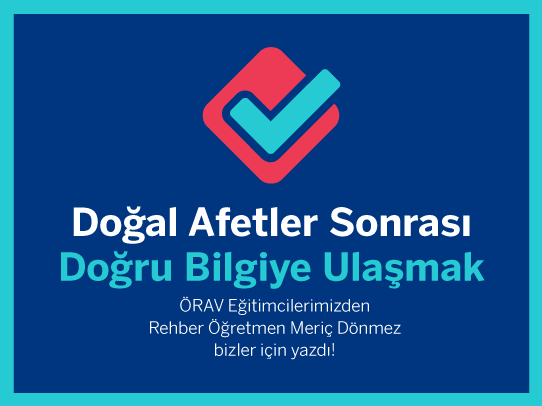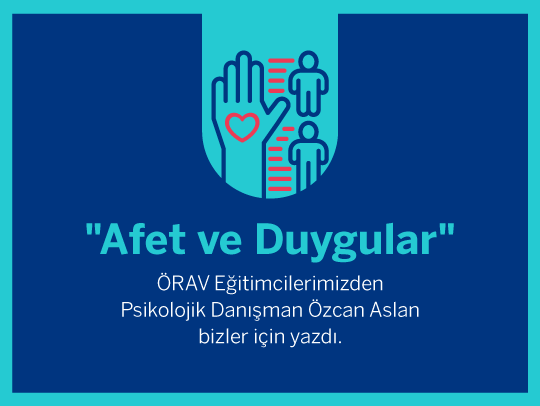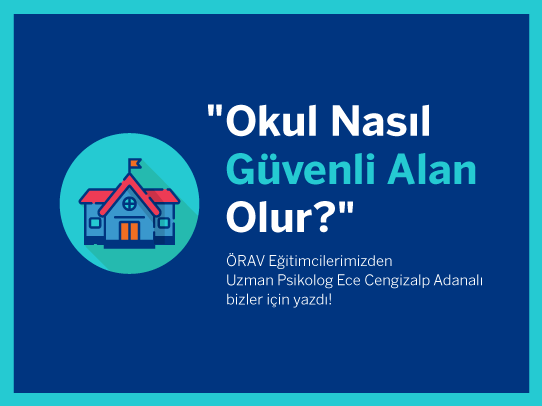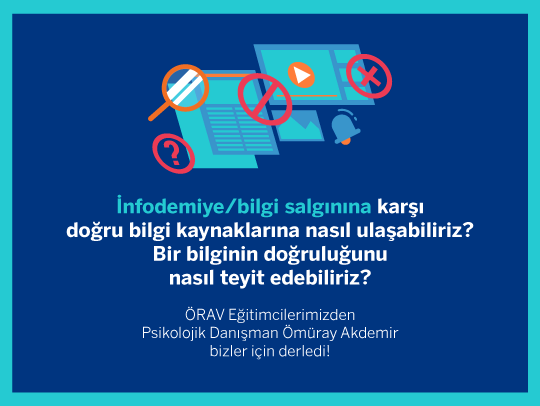School museums, which emerged with the collection of objects that schools started to accumulate as learning materials, form institutions in which the school and its environment can be monitored within the education system over time.
School museums are also important tools for interactive learning. It is possible to encounter school museums in European history since the 19th century.
The concept of school museums should be understood as museums established for purely educational purposes, equipped with educational materials connected to primary and secondary schools.
These materials can be all kinds of materials that can be used in the implementation of a course, samples of art history, archaeology, ethnography or natural sciences, or parts of a collection.
The school environment is represented in the school museum by photographs, tools and equipment, historical artefacts, stones and minerals, rocks, plants, agricultural products, insect and flower collections, materials related to traditions and customs, and so on.
The first school museum established in Turkey was the Tarih-i Tabiiye Museum at Galatasaray High School. The museum's first material is a stuffed mammoth that was presented to Sultan Abdülaziz during his visit to France. The second school museum is the Zoology Museum of St. Joseph High School, founded in 1910. This museum contains insect and stone collections accumulated until 1960.
Although school museums have developed and become widespread in Turkey over time, they are not yet at the desired level. In 1926, the first school museum was officially established with Law No. 2287. A "Ministry of Education School Museum Guide" was published. In 1927, İsmail Hakkı Tonguç is appointed as the Director of the Museum of Teaching Instruments. Later on, in his articles, Tonguç drew much attention to the issue of school museums and emphasised that they could be called 'pedagogy museums', 'school museums', 'tedrisat museums'.
Tonguç stated that the school museum would have a strong impact on the learning process of children and that it would be recognised as a serious educational environment.
Now let us listen to Ceyhun Atuf Kansu on this subject:
"Around 1925, someone entered our family. A silhouette of a peasant with a burnt peasant face, burly build and humane gaze appeared in the living room of the old Ankara house in Samanpazarı. This was a Tunaboyu peasant, an intellectual from Silistreli. He had come to work in the Ankara of the Republic. His art teacher was İsmail Hakkı.
From this peasant intellectual, whom I got to know in Sofa, colourful plastics and clays have remained to this day. He would bring me red, blue and green plastics and teach me how to knead the soft and pliable clay with my hands and fingers and make birds, ducks and children. This was something brand new for Turkish society and Turkish education. We were going to use our hands. Hands had a sacred share in every beautiful thing in the world. Handicraft was the essence of a new civilisation.
I remember the house near Suluhan, where Engin was born, and the school museum of İsmail Hakkı, the art and handicraft teacher, on the ground floor of the former Ministry of National Education. This museum was full of stuffed birds, nature-related pictures, and a number of teaching and learning tools. Along with my hands, this peasant face and those humane, warm eyes began to knead my head in the school museum. He was a teacher, a friend of children, who answered every question with sweet stories and examples. My love of nature began there, in the school museum."




